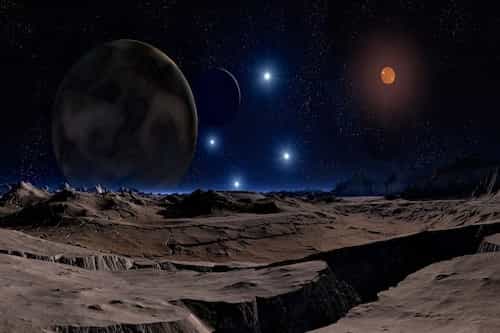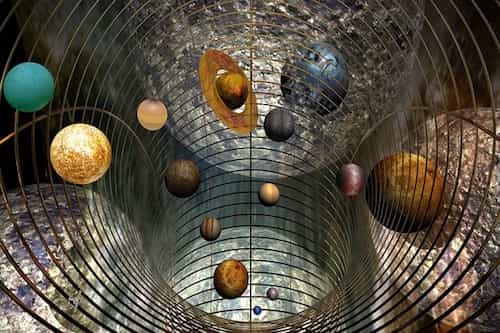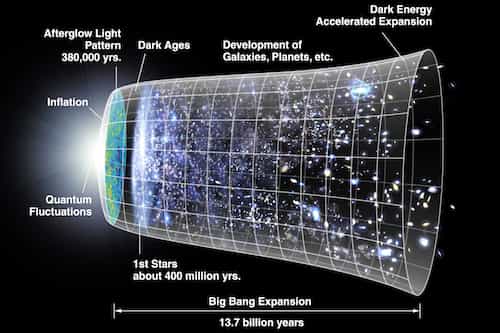Sun in detail: Layers & Parts of Sun. Core, Radiative zone, Convective zone, Photosphere, Chromosphere and Corona.

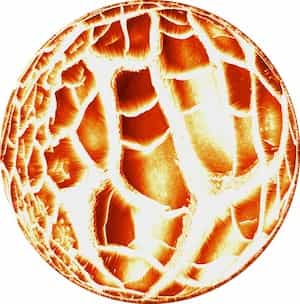
Facts about Sun
Now after understanding this come to the celestial bodies again. You already realized what a star is and that how big is our sun i.e so big that you can place 1.3 million earths inside sun. 695,700 km in radius. It has 5,538 degrees Celsius temperature at the surface and 15 million degrees Celsius in the core. Our sun is a little unique because it doesn’t have any partner. It’s just one sun surrounded by planets. But in the universe, solar systems have more than one sun. More than half of all stars are in multiple star systems. That means their solar system has two or more suns in it. Can you fancy having two or three suns in the sky at the same time? There are lots of planets throughout the universe where that is normal.
Out of these trillions of galaxies, every galaxy has almost 200 billions stars. Two hundred billion stars much bigger than our sun as our sun is a relatively small type of star. While despite being a smaller star it’s so big that it contains 99.86% mass of solar system, 149 Million Km away from Earth this small star converts 4.3 million tons of matter every second into energy and is doing this since last 4.5 billion years and still it’s burning. Sun rotates in 28 days same like the moon, Produces its energy by Thermonuclear Reaction Fusion combining smaller nuclei into heavy as I already told you in detail in Part17. Sun is not a solid body, so different parts rotate at different rates. At the equator, it takes 25 days and at poles 36 days.
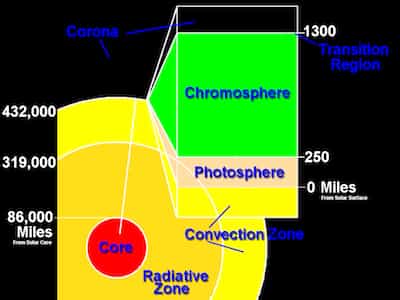
Sun Anatomy: Parts and Layers of Sun
Sun has three main regions first is Sun’s interior which further consists of three parts Core, the radiative zone, and the convective zone, the second is Sun’s visible surface called photosphere, and third is Sun’s atmosphere which further consists of 3 parts Chromosphere, Transition Region and Corona. Core is the central region where all energy is produced. Fusion entirely stopped in 30% of Sun’s radius i.e up till Radiative zone. Temperature is about 15million celsius. Core starts from center till 0.2 Solar radius almost 139,000 km thick. The second part of sun’s interior is the Radiative Zone starts at the edge of the core of the Sun and extends up to about 0.7 solar radius almost 350,000 Km thick. Energy from the core bounces in this region & take 170,000years to get from core to convective zone. So it takes a photon, on average, 170,000 years to travel from the core of the sun to the surface. Then it takes just 8 minutes from the suns surface to your eyes. The third part of sun’s interior is the Convective Zone, starts at around 0.7 Solar radius and goes to the outer surface almost 180,000Km thick with temperatures up to 2million celsius.
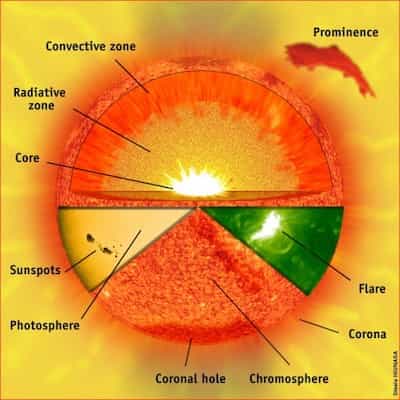
Will come soon!
Will come soon!
Will come soon!
Share this article
Written by : TheLastDialogue
A Synthesis of Religions. O Mankind I am presenting you the case of God,, يا أيّها الجنس البشري؛أنا أقدم لكم "قضية الله, ¡Oh humanidad! Les estoy presentando el caso de Dios, O люди, я представляю вам дело Божие, ای بشر من سخنان خدا را به تو عرضه می کنم., Ey insanlık, ben sana Tanrı'nın davasını sunuyorum, 哦人类,我向你展示上帝的情形, اے بنی نوع انسان میں آپ کے سامنے خدا کا مقدمہ رکھتا ہوں
"The Last Dialogue" is an individual's effort by the Will of his Lord to make this world a better living place, to raise the human intellect for the fulfillment of God’s Will and to invoke God’s Mercy on humans.
The Last Dialogue (thelastdialogue.org) stands as a testament to human understanding, held in high esteem and frequently cited across prominent platforms such as Wikipedia, Reddit, and Quora. Its profound significance is evidenced by the multitude of citations and mentions it garners from scholars spanning various faith traditions, including Judaism, Christianity, and Islam.
It distinguishes itself as the sole religious platform adhering to the noble tradition of not soliciting charity, zakat, or donations – a practice aligned with the true Sunnah of Prophets.
قُلْ مَا أَسْأَلُكُمْ عَلَيْهِ مِنْ أَجْرٍ وَمَا أَنَا مِنَ الْمُتَكَلِّفِينَ
Say, "I do not ask you for this any payment, and I am not of the pretentious.


